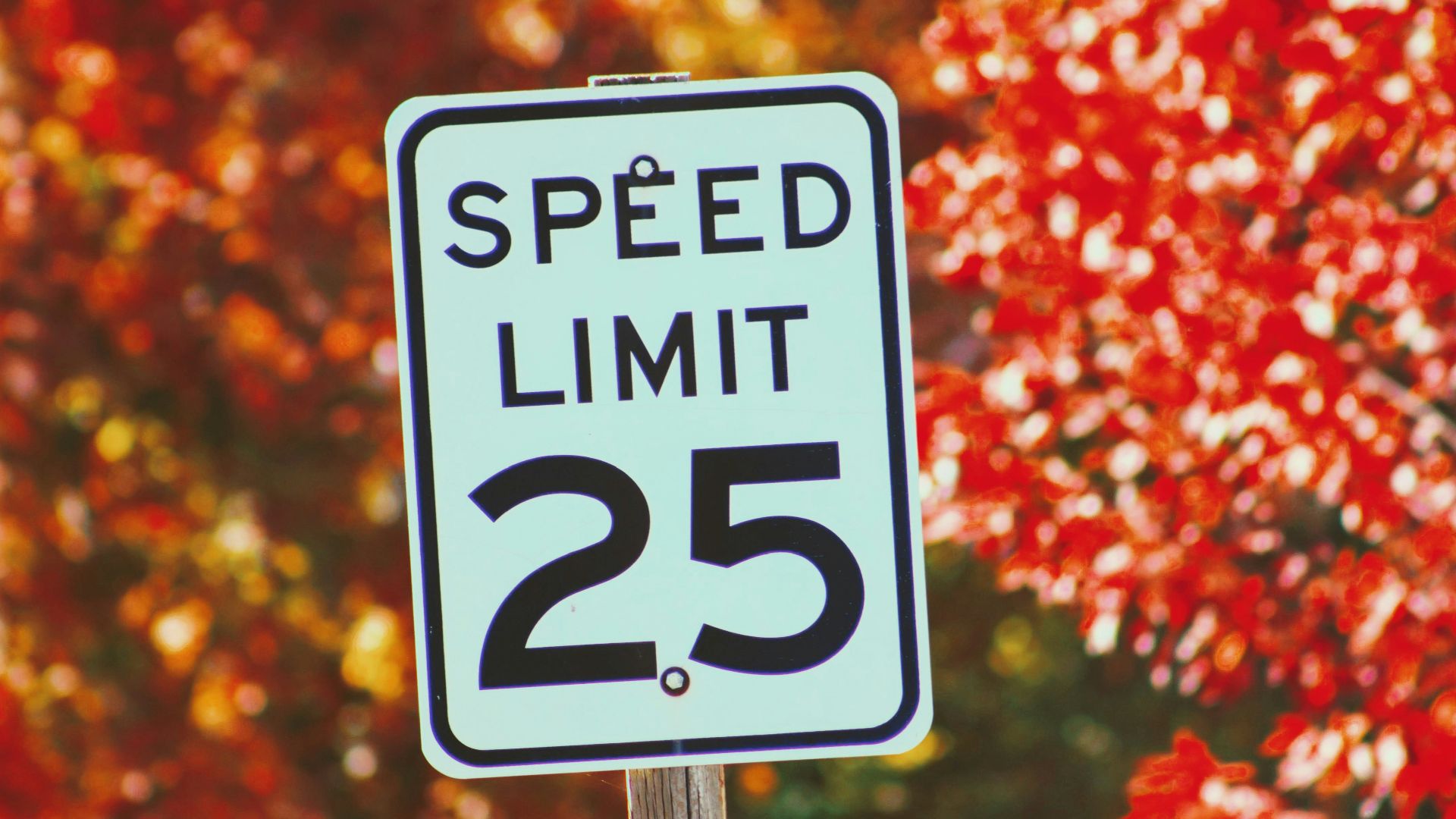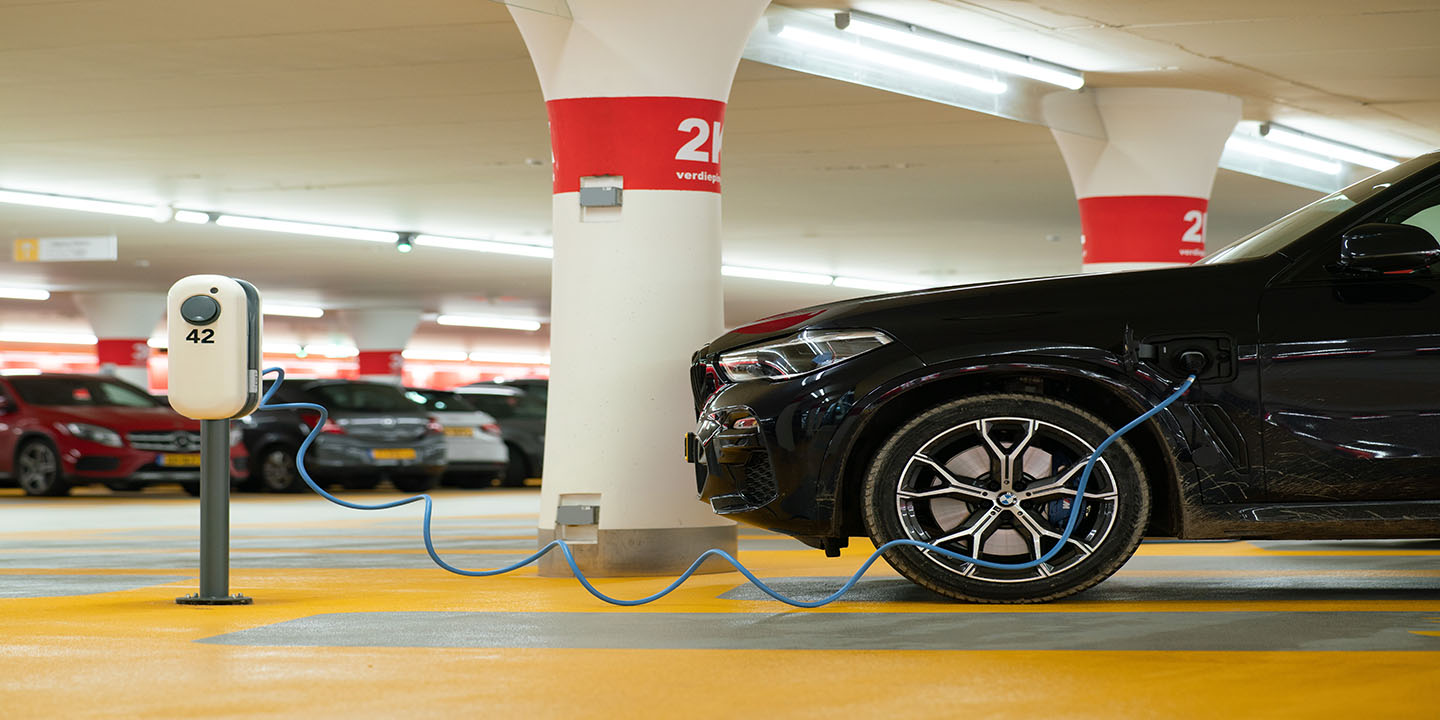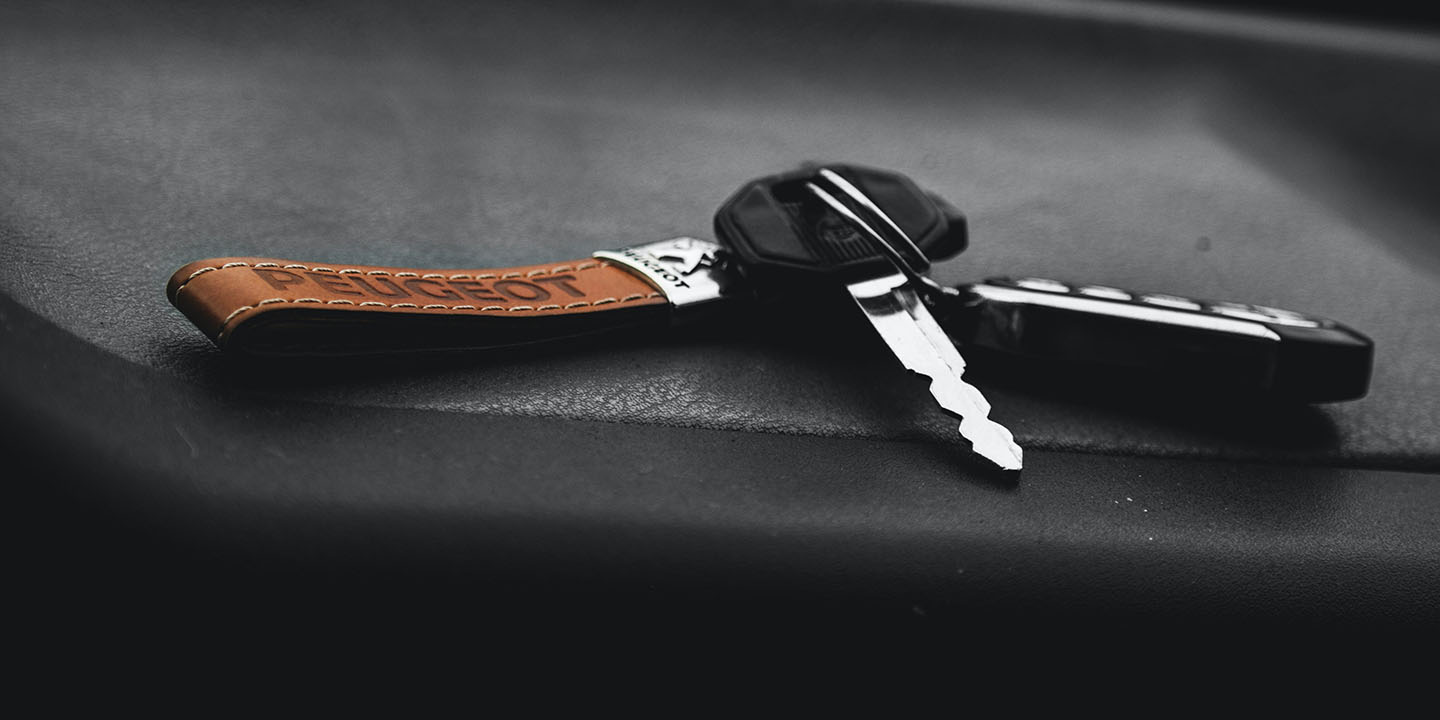Speed limits are creeping higher in the U.S. In state after state, from major interstates to rural roads, the top legal speeds are under review, with many places poised to raise them. Advocates point to safer cars, smarter road engineering, and the benefits of matching speed limits to how fast drivers are already going. Opponents counter that roads will only become more dangerous in a nation already seeing a surge in roadway fatalities. A seemingly dry topic has become a political and policy flash point as speed limits become a major part of the national conversation over transportation safety.
How Speed Limits Are Set
For several decades, the primary consideration for setting speed limits in the U.S. has been the 85th percentile rule. Developed in the mid-20th century, this practice involves basing a road’s speed limit on the 85th percentile speed, or the speed at or below which 85% of drivers in free-flowing traffic are traveling. In essence, instead of dictating how fast people should drive, the rule codifies how fast the majority of people already drive. The principle behind this was straightforward: most drivers are sensible people, and if a speed limit matches the speed at which most people drive, traffic will be safer and more consistent.
The argument from today’s proponents is that the current system is antiquated and unsafe. The rule was created with data from roads that bear little resemblance to today’s dense, pedestrian-friendly urban streets. The updated guidance no longer mandates adherence to the 85th percentile. When drivers are going faster than posted speed limits, it suggests traffic officials re-engineer the road with bike lanes, speed bumps, or pedestrian islands to calm traffic.
When Drivers Set the Speed
Under that approach, the prevailing philosophy for decades was that drivers vote with their feet. If most people drive faster than a posted speed limit, the thinking went, then the speed limit should be increased to reflect the speed at which a road is safest to drive. Transportation engineers even had a name for it: “marketing the speed limit.” It’s a formula that takes into account a street’s function and risk factors and corresponds with what drivers should be doing at that speed, he says. When the new guidance was released from the Federal Highway Administration, it was a signal to states that the 85th percentile rule was never intended to trump local knowledge and judgment.
States Are Taking Speed Laws in New Directions
Hawaii could reconsider differential speed limits by vehicle type. The 2025 bill would set a truck speed limit of 50 mph for vehicles with three or more axles or over 10,000 pounds, even if the posted limit is higher. The bill would only impact Honolulu County, but more limited versions of the rule could be introduced in smaller counties. At the moment, trucks and passenger cars have the same 60 mph limit on Hawaii’s interstate highways.
Florida, on the other hand, is considering going the other way. An old bill may be back to increase speed limits by 5 mph statewide. The bill would raise the speed limit on limited-access highways, including I-95, from 70 to 75 mph. Four-lane divided highways outside of cities would also increase, in this case from 65 to 70 mph. All other state-maintained roads could increase from 60 to 65 mph , a major shift, given that Florida feels its driving habits justify higher speed limits.










